Letter from doctor template
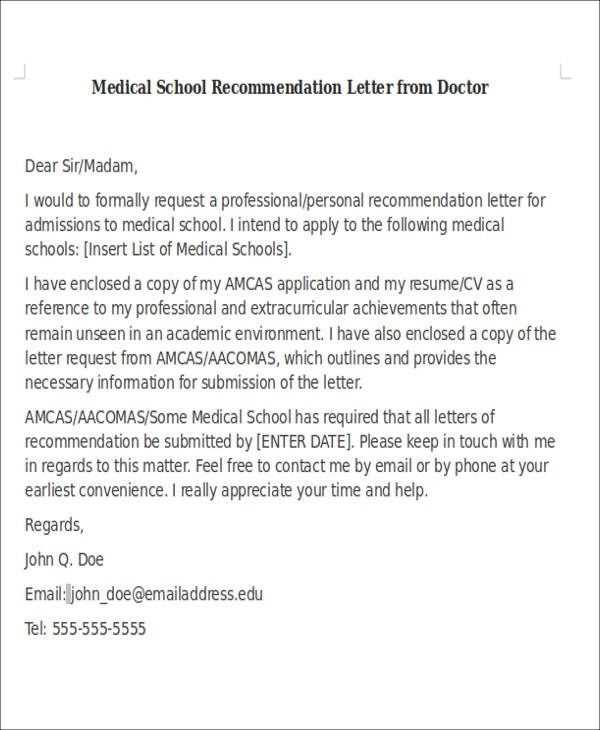
To create a professional and clear letter from a doctor, ensure you use precise language and follow a formal structure. Begin with the patient’s full name, date of birth, and any relevant identification numbers for reference. Make sure to specify the reason for the letter, whether it’s for a medical certificate, work note, or other purposes.
Next, outline the medical condition or treatment in a concise manner, focusing on key details such as diagnosis, treatment plans, and any recommendations for the recipient. Always maintain a professional tone and avoid unnecessary jargon. Be clear about what is expected from the reader, such as work modifications or medical accommodations.
Lastly, conclude with the doctor’s contact information, credentials, and a statement offering further clarification if needed. Ensure that the letter is signed and dated appropriately. This structure will create a letter that’s both informative and respectful to all parties involved.
Letter from Doctor Template: A Practical Guide
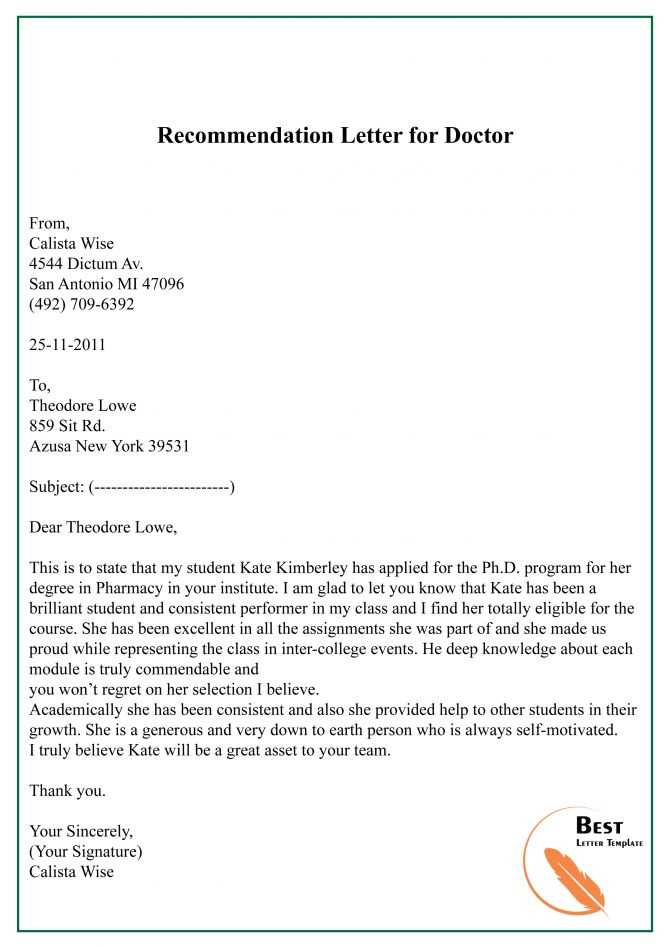
When drafting a letter from a doctor, clarity and precision are key. The letter should include the patient’s details, a description of their condition, and specific recommendations or actions required. Avoid vague language and focus on clear communication to ensure the recipient understands the purpose of the letter.
Start with the patient’s full name, date of birth, and any relevant identification numbers. Include the date of the letter for reference. Following this, briefly outline the reason for the letter, specifying any medical conditions, treatments, or recommendations. If the letter is meant to request time off work, include the duration of the recommended absence.
Here is a simple structure to guide your letter:
| Section | Content |
|---|---|
| Introduction | Include the patient’s name, date of birth, and any relevant identifiers. State the purpose of the letter. |
| Medical Condition | Describe the patient’s current health status, including diagnosis and treatment plan. |
| Recommendation | Provide specific recommendations, including any work or activity restrictions. |
| Duration | Indicate how long the patient may need to follow the recommendations or restrictions. |
| Conclusion | Provide contact information for any follow-up questions and offer a closing statement. |
Ensure the letter is signed with the doctor’s full name, qualifications, and contact information. If necessary, include details of the clinic or hospital where the doctor practices.
Use this template to make the process efficient and to guarantee that all necessary details are included. Avoid unnecessary jargon, and stick to the point to make the letter professional and easy to read.
Creating a Clear and Professional Header
Keep the header simple and to the point. Focus on the necessary details to ensure clarity. A well-structured header sets the tone for the letter and provides key information upfront.
- Doctor’s Name: Place your full name at the top of the letter. This should be prominent, often bolded or larger than the rest of the text, for easy identification.
- Title and Credentials: Include your professional title (e.g., Dr.) and any relevant certifications or degrees (e.g., MD, PhD). This adds authority and transparency.
- Contact Information: Ensure your contact information is clear. Include your office address, phone number, and email address. Keep this information aligned for quick access.
- Date: The date of the letter should be placed below your contact information. This ensures the recipient knows when the letter was written and helps maintain the letter’s timeline.
Use a clear, legible font such as Arial or Times New Roman, with a font size around 12pt to maintain professionalism and readability.
Avoid unnecessary elements like images or overly stylized fonts, as they can distract from the key content of the letter.
Got it! Let me know if you need any further adjustments or additional content for your project.
Using Medical Terminology Clearly
Always use precise, understandable medical terms when writing a letter. Avoid jargon or overly complex phrases that may confuse the reader. For example, instead of saying “the patient is experiencing discomfort,” specify the exact symptom, like “the patient reports chest pain” or “the patient is complaining of nausea.” This ensures clarity and accuracy in the communication.
Be Specific and Accurate
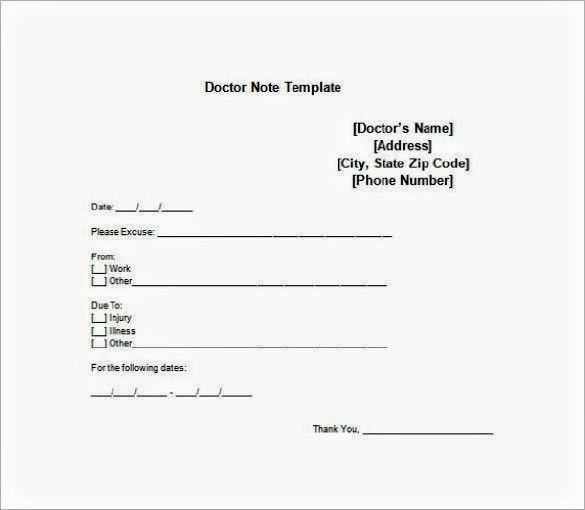
Choose terms that describe the condition with high precision. For instance, instead of referring to a “heart problem,” use specific diagnoses such as “myocardial infarction” or “arrhythmia” when applicable. This helps in creating a clear understanding of the patient’s health status.
Avoid Ambiguity
Ambiguous terms such as “slightly” or “minor” can be misinterpreted. Stick to objective measurements and clear descriptions. For example, “mild hypertension” should be clarified as “blood pressure consistently measured at 140/90 mmHg.” This reduces the risk of misunderstandings.
Adding Necessary Supporting Documents
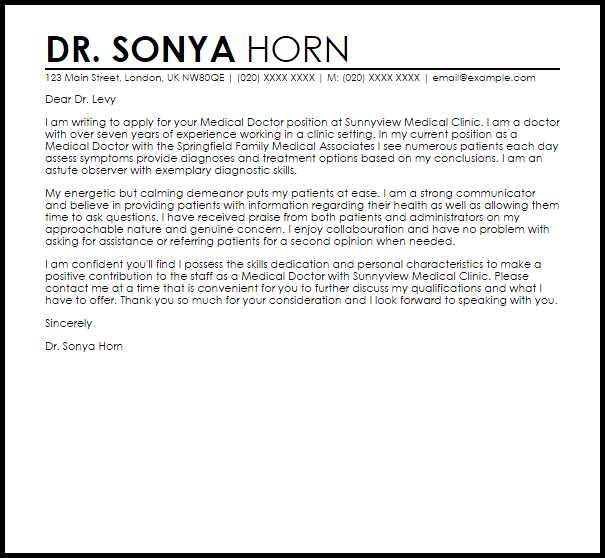
Attach all relevant documents that provide clear evidence supporting the details mentioned in your letter. Ensure that each document is current and easy to read. This may include medical records, lab results, imaging reports, or prescriptions. Include a brief description of each document to explain its relevance.
Medical Records and Reports
Include any recent medical history or records that are pertinent to the situation. For instance, test results, physician notes, and hospital discharge summaries give context to the request or recommendation in the letter. Make sure to highlight any specific sections that support the claim.
Prescription or Treatment Plans
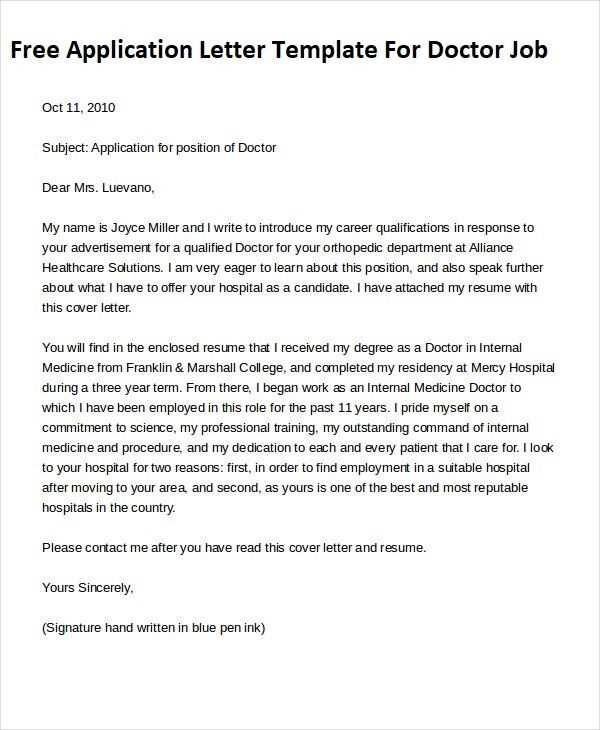
Provide copies of prescriptions or treatment plans that align with the purpose of your letter. If recommending medication or therapy, attach prescriptions or official treatment guidelines that verify the suggested course of action.
Ensure all documents are legible and organized to prevent delays or confusion. Double-check that every page is included and properly labeled.
Reviewing and Finalizing the Letter
Ensure the letter is clear and precise. Carefully read through the entire document to confirm that all medical information is accurate and up-to-date. Double-check the spelling of medical terms and patient details, as any errors could lead to misunderstandings or delays. Confirm that the tone is appropriate and professional, without being overly technical. This will help make the content accessible to the recipient, whether it’s another doctor, a patient, or a third-party institution.
Check that all sections of the letter align with the purpose of the communication. Ensure the introduction provides relevant background, while the body of the letter contains the necessary details. The conclusion should summarize the key points and provide clear instructions, if applicable.
Verify that contact information is correct and easily located. If the letter includes any follow-up actions, such as scheduling further appointments or providing additional documents, ensure these steps are clearly outlined.
Finally, read the letter one last time for consistency. Look for any inconsistencies or ambiguities in the language and revise them. This is the last opportunity to catch any overlooked details before sending the letter to the intended recipient.